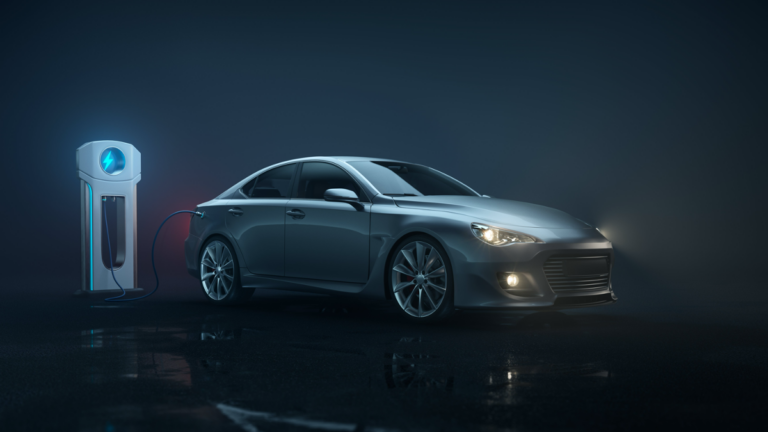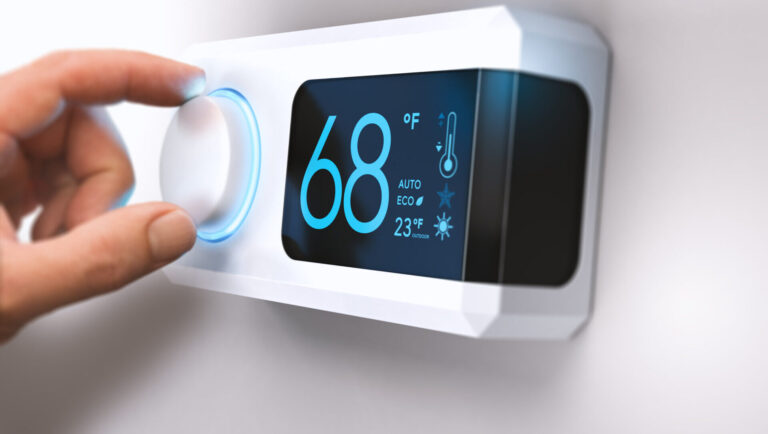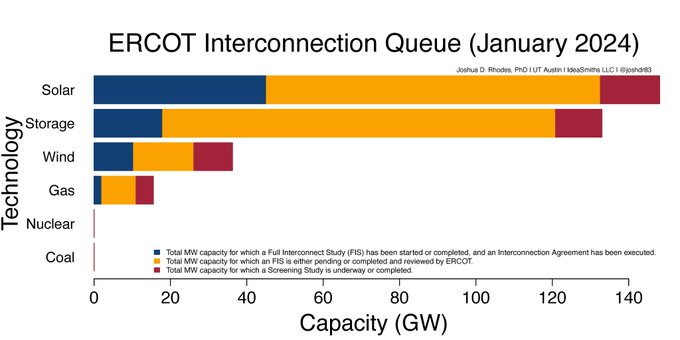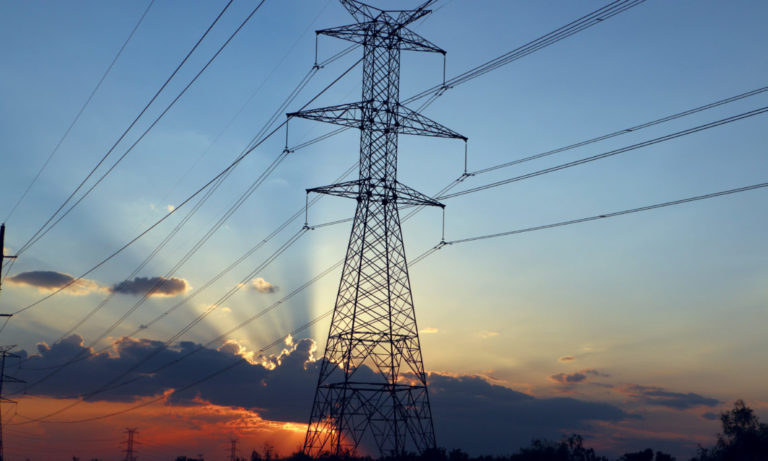March 30, 2015
Gas or Electric? How You Heat Your Home and Water Can Make a Big Difference on Your Wallet and Your Grid Impact
New Report Finds All-Electric Homes Could Undermine Other Green-Built Features
(AUSTIN – March 26, 2015) Every winter, media reports appear of people experiencing the shock of large electric bills. A new research report from Pecan Street identifies the likely culprit: electric heating and water heating.
Pecan Street’s analysis of home electricity use on cold winter mornings in Austin, Texas found that small apartments with electric heat and electric water heaters had electricity use levels that were comparable to large, non-green-built suburban homes on August afternoons. In addition, all-electric homes create massive demand spikes between 6 and 9 am, when people are waking and getting ready for their day. Even in location such as Texas, winter mornings present significant energy service challenges (the last two large-scale electric blackouts occurred on winter mornings).
“Many apartment residents around the country are experiencing punishing electric bills because they have electric heating,” said Pecan Street CEO Brewster McCracken. “As decision makers throughout the U.S. evaluate whether to go back to the days of the all-electric home, the observations we measured should be a cautionary note on the risks of such a strategy.”
The report is available to the media – contact media@pecanstreet.agirlcreativeproduction.site.
The study included homes participating in Pecan Street’s multi-state energy research network. The analysis compared appliance-level electricity use in houses with natural gas air and water heating to apartments with electric resistance air and water heating. The study focused on the 30 coldest days between November 12, 2014 and January 15, 2015.
Smaller Units — Bigger Electric Bill
The average size of the apartments studied was 794 square feet. The average size of the houses was 2,177 square feet. All of the apartments were in developments with green-building certifications while 64 percent of the houses were not. Even though the apartments were 64 percent smaller than the houses, the apartments averaged 28 percent more electricity use during the morning peak hours.
At the time these spikes in electric heat-driven demand occurred on winter mornings, renewable energy sources like solar and wind are not readily unavailable. (Previous Pecan Street research has found, by contrast, that rooftop solar panels provide significant and predictable generation on hot summer afternoons.)
The apartments used as much as 9,000 watts, an amount comparable to demand on 103 degree summer afternoons for a large, air-conditioned house in the Sunbelt. Because apartments contain hundreds or thousands of residents on small pieces of land, this intense electricity demand can put incredible strain on the utility electric delivery infrastructure.
“This can become a significant affordability issue,” McCracken said. “Most lower-income families rent, and many live in all-electric apartments. Communities looking at ways to increase the affordability could significantly reduce a family’s utility bill by using gas in affordable housing.”
The report notes that while the electric apartments were located in Austin, Austin actually has some of the nation’s most aggressive policies to promote gas heating. In fact, under Austin’s current ordinances that require gas heating instead of electric heating in most instances, none of the apartments could have been equipped with electric heating or water heating if they were built today.
About Pecan Street
Located at The University of Texas at Austin, Pecan Street provides university researchers, utilities and technology companies with access to the world’s best original data on consumer energy and water consumption behavior, testing and verification of technology solutions, and commercialization services.
Its network of over 1,200 research volunteers is the first of its kind on the planet. Its anonymized research database, the largest source of disaggregated customer energy data, is used by university researchers and industry-leading companies around the world.
All of Pecan Street’s research, including the source datasets is available for free to university faculty and students around the world at Pecan Street’s Dataport.
Research participants and solar customers around the world with eGauge-compatible rooftop solar systems can install the Pecan Street Sol mobile app on their smartphones. A check engine light for PV systems, Sol provides customers near-real-time maintenance status and performance information, including automatic detection of problems that could reduce the system’s performance. Pecan Street Sol is available for free on the Apple App Store and Google Play.
Pecan Street is a 501(c)(3) applied research and commercialization institute.
Contact: Colin Rowan, Pecan Street, media@pecanstreet.agirlcreativeproduction.site, 512-222-9603


















